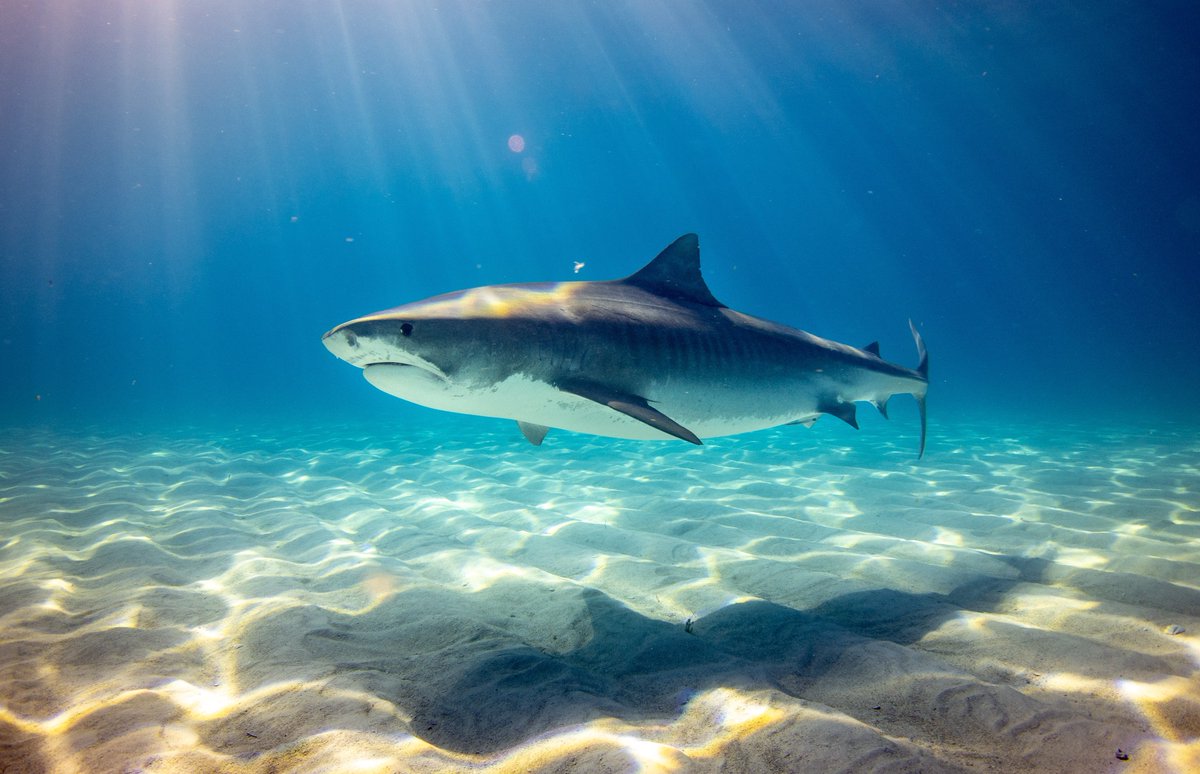
Another flagship and large collaborative #ConservationBreeding project that Taronga is involved in concerns the #CriticallyEndangered #PlainsWanderer, a bird that few people have probably heard of and even fewer have seen. #ScienceWeek 

The #PlainsWanderer has no living close relative, which places it top of the @EDGEofExistence list. Remnant populations of this small ground-dwelling bird are mostly in Victoria, eastern South Australia and in the western Riverina region of NSW.
Though excellently camouflaged, #PlainsWanderer are just the right size to be eaten by invasive foxes. Taronga is working with @ZoosVictoria to establish an insurance population & recently built a #ConservationBreeing facility at Taronga Western Plains Zoo #sanctuary, #Dubbo. 

Male #PlainsWanderers incubate the eggs & raise the chicks, & now they have 30 fox-free aviaries in which to do so at Taronga Western Plains Zoo. This situation is working well for them it seems, as keeper Stephanie Sims explains Taronga's recent #ConservationBreeding success:
Frequent #AnimalHealth checks are conducted on #PlainsWanderer adults and chicks by veterinary staff at Taronga Western Plains Zoo 

Taronga keepers and scientists are also working hard to learn more about this unique and #CriticallyEndangered species so we can release #PlainsWanderer back into the wild and give them the best chance of survival. #Reintroduction #Science
Because #PlainsWanderer are naturally timid & freeze or retreat at any sign of disturbance, it’s very challenging to directly observe their behaviours.
Keepers and scientists rely on passive, non-invasive, #tech4wildlife to monitor and understand natural behaviours and use this information to optimise zoo-based management practices to in-turn produce individuals behaviourally appropriate for release. #ConservationBehaviour
Taronga’s #PlainsWanderer are under constant surveillance, but this is very time-consuming for Taronga's keepers and scientists. #MachineLearning collaborations are being developed to uncover the secrets of successful #ConservationBreeding.
• • •
Missing some Tweet in this thread? You can try to
force a refresh












